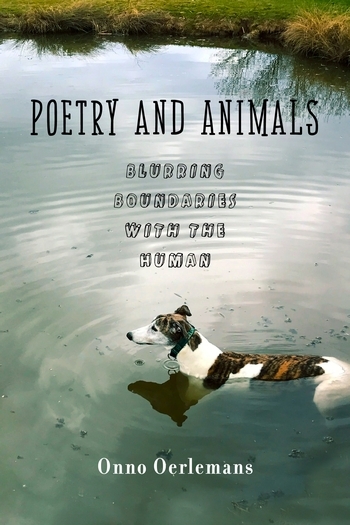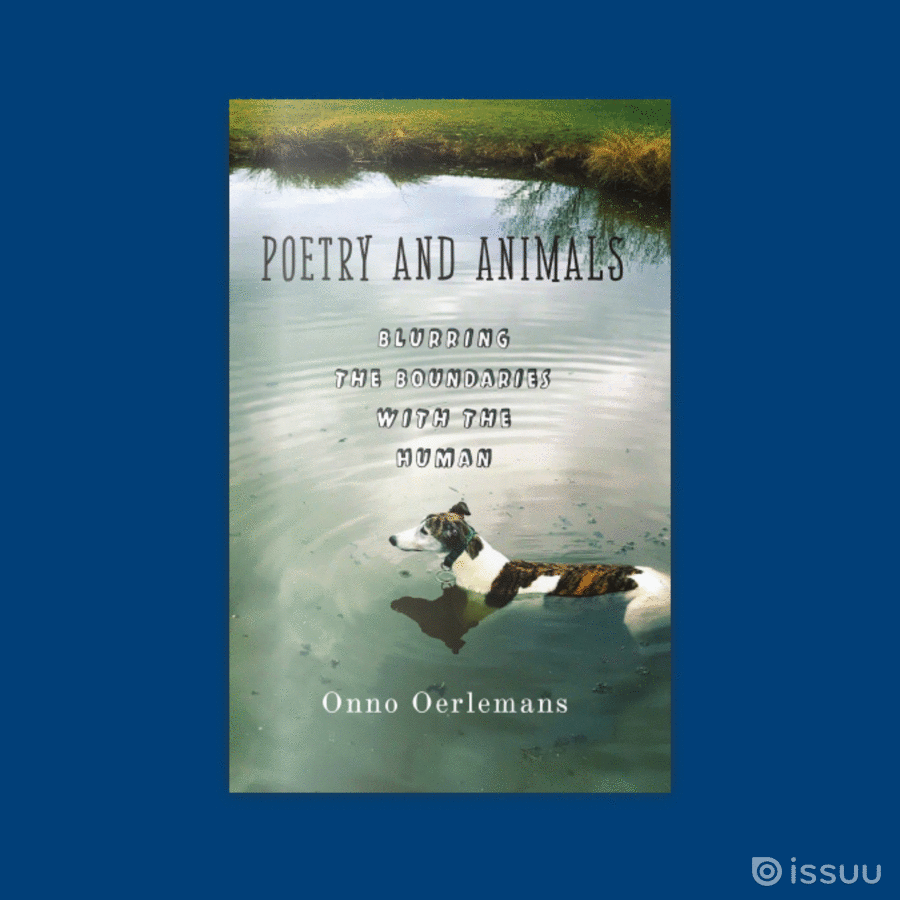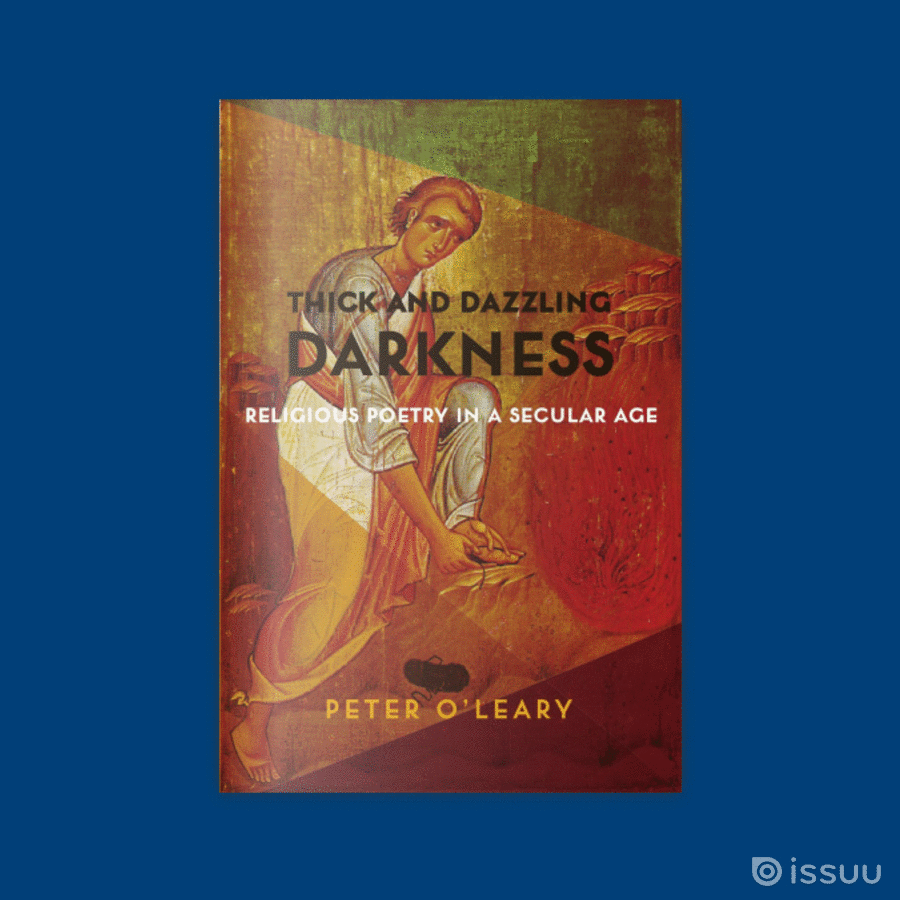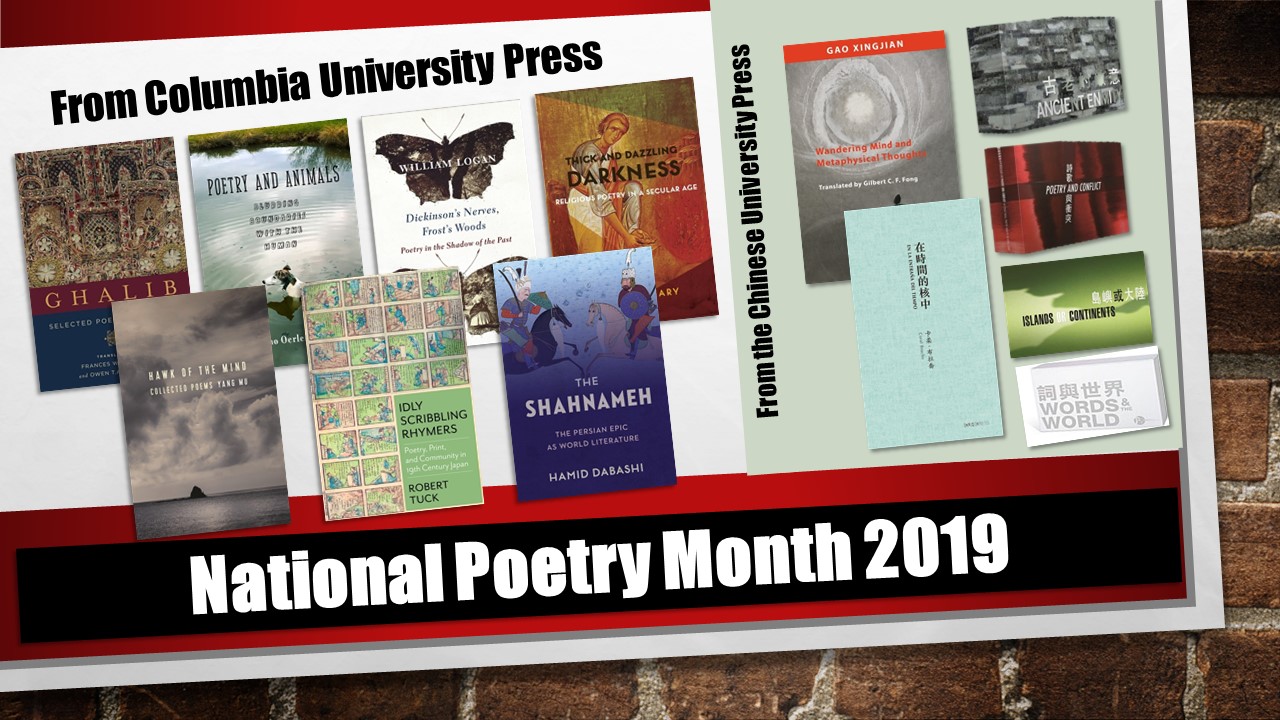Onno Oerlemans on the Poetry of Pets

In conjunction with National Pet Day, today’s National Poetry Month post comes from an excerpt of Onno Oerlemans’ Poetry and Animals: Blurring the Boundaries with the Human. In chapter 4 “The Individual Animal in Poetry,” Oerlemans discusses the poet’s challenge of conveying a meaningful experiences to a common occurrence. He writes, “Poems about pets are important because, as I suggested early in this chapter, our experiences with our companion animals can and should be a spur to our growing awareness of the meaning and value of other animals…”
Enter our drawing for a chance to win a copy of Poetry and Animals.
• • • • • •
There is perhaps no poet in whose work a reader feels the continual presence of domesticated individual animals more than Maxine Kumin. She has written hundreds of poems about the animals that share her farm and home, celebrating them because they are a constant presence in her life. “Ars Poetica: A Found Poem” presents the seemingly prosaic nature of sustained interaction with a horse as a cause for celebration—that working with (in this case) a timid horse is not about a single epiphany but is a long process that leads to “that kind of trust” that allows horse and human to work together. The poem’s title links the process of working with the horse to that of working at poetry: both involve repetition, labor, imagination, and trust that there is someone else (the horse and the reader) who understands. Her most powerful evocations of the individual animal come in the series of love poems for Amanda, her “sensible Strawberry roan.” Together these poems express insight into the extraordinary bond that develops between Kumin and one of her horses. Moreover, like Mark Doty’s and W. S. Merwin’s poems about their dogs, these poems celebrate the life and identity of this single horse without any embarrassment, acknowledging a wide range of feeling and meaning in relationships with beloved pets. In “Amanda Dreams She Has Died and Gone to the Elysian Fields,” Kumin describes coming upon the horse sleeping in a field in the morning. The careful description of the moment reveals the speaker’s absorption in the life of this creature, her regard for it, and their mutual trust. The comic title points to the impossibility of knowing what the horse is thinking or dreaming, but that its contentment is palpable.
These are the poem’s final lines:
We sit together.
In this time and place
we are heart and bone.
For an hour
we are incorruptible.
This is a way of becoming animal very different from that imagined by Deleuze and Guattari, but one the poem shows as common and powerful. The poem describes a moment of contact with another animal that is based not in thinking but in a kind of shared reverie, in the speaker imagining what the horse is dreaming. The poem’s power comes from
the suggestion that dream and imagination are animal sensibilities of the body (“heart and bone”) that allow for the possibility of love between creatures. This is a kind of becoming animal only possible with a companion and when both human and animal can take physical and spiritual pleasure from extensive contact
Read the introduction to Poetry and Animals: Blurring the Boundaries with the Human.
Read a Q&A with Onno Oerlemans on Poetry and Animals
“There were several sources for the motivation behind the book. I had done some research on animals in Romantic period poetry for my earlier book, though I was more interested in the various ways that the actual physical world mattered to the poets of the period. More concretely, though, I’d also noticed in my teaching that any poem on animals produced immediate and excited responses in students, especially when I asked them to think not just about what the poet or poem was doing with the animal, but about the actual animal that the poem was in some way representing or using. I wanted to write a book for my students, really, and inspired by them. I’m kind of a generalist in my teaching, and I’d also noticed that animals occur in poetry from every era, in every nation and culture that I’d studied.”







